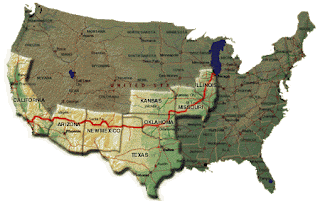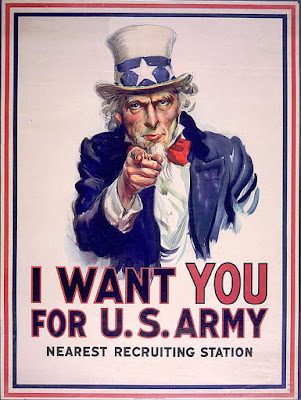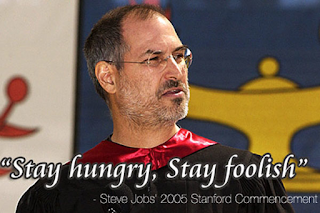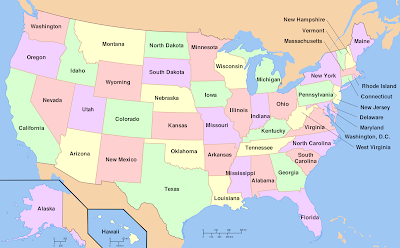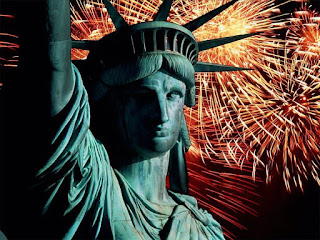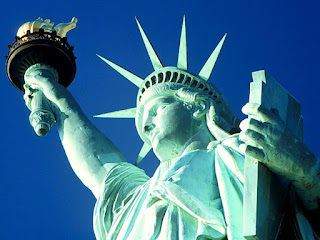It’s labeled Mother
Road or the Main Street of America.
It also known as the Will Rogers Highway.
It became one of the most famous
roads in the United States.
It’s
the Route 66 (or U.S. Route 66 or simply
US 66).
Route 66 crosses eight States and three time zones.
From Chicago to Santa Monica, if you love adventures on the
road in direction east to west, catch your Harley Davidson and go for it! You will
have a great time.
Route 66 was one of the
original highways within the U.S. Highway System.
It was established
on November 11, 1926, with road signs erected the following year.
The highway ran from
Chicago, Illinois, through Missouri, Kansas, Oklahoma, Texas, New Mexico, and Arizona before ending at Santa Monica, California, covering a total of 2,448 miles (3,940 km ).
US 66 served as a
major path for those who migrated west, especially during the Dust Bowl of the 1930s, and the road supported
the economies of the communities through which it passed.
The Dust Bowl,
also known as the Dirty Thirties, was a period of severe dust
storms that greatly damaged the ecology and agriculture of the
American and Canadian prairies during the 1930s;
severe drought and a failure to apply dryland
farming methods to prevent wind erosion (the Aeolian processes)
caused the phenomenon.
People doing business
along the route became prosperous due to the growing popularity of the highway,
and those same people later fought to keep the highway alive in the face of the
growing threat of being bypassed by the new Interstate Highway System.
The route was
inaugurated on 11th November 1926.
In rising of the
route, the publicity worked: several dignitaries, including Will Rogers, greeted the runners at certain
points on the route. The race ended in Madison Square Garden, where the $25,000
first prize (equal to $356,298 in 2017) was awarded to Andy Hartley Payne, a Cherokee
runner from Oklahoma. The U.S. Highway 66 Association also placed its first advertisement
in the July 16, 1932, issue of the Saturday Evening Post. The ad invited
Americans to take US 66 to the 1932 Summer Olympics in Los Angeles. A U.S. Highway
66 Association office in Oklahoma received hundreds of requests for information
after the ad was published. The association went on to serve as a voice for businesses
along the highway until it disbanded in 1976.
Traffic grew on the
highway because of the geography through which it passed. Much of the highway was
essentially flat and this made the highway a popular truck route. The Dust Bowl
of the 1930s saw many farming families, mainly from Oklahoma, Arkansas, Kansas,
and Texas, heading west for agricultural jobs in California. US 66 became the main
road of travel for these people, often derogatorily called "Okies" or
"Arkies." During the Depression, it gave some relief to communities located
on the highway. The route passed through numerous small towns and, with the growing
traffic on the highway, helped create the rise of mom-and-pop businesses, such as
service stations, restaurants, and motor courts, all readily accessible to passing
motorists.
Much of the early
highway, like all the other early highways, was gravel or graded dirt. Due to the
efforts of the U.S. Highway 66 Association, US 66 became the first highway to be
completely paved in 1938. Several places were dangerous: more than one part of the
highway was nicknamed "Bloody 66" and gradually work was done to realign
these segments to remove dangerous curves.
However, one section
through the Black Mountains outside Oatman, Arizona, was fraught with hairpin turns
and was the steepest along the entire route, so much so that some early travelers,
too frightened at the prospect of driving such a potentially dangerous road, hired
locals to navigate the winding grade. The section remained as US 66 until 1953 and
is still open to traffic today as the Oatman Highway. Despite such hazards in some
areas, US 66 continued to be a popular route.
During World War II,
more migration west occurred because of war-related industries in California. US
66, already popular and fully paved, became one of the main routes and also served
for moving military equipment.
In the 1950s, US 66
became the main highway for vacationers heading to Los Angeles.
In 1953, the Oatman
Highway through the Black Mountains was completely bypassed by a new route between
Kingman, Arizona, and Needles, California; by the 1960s, Oatman, Arizona, was virtually
abandoned as a ghost town.
The beginning of the
decline for US 66 came in 1956 with the signing of the Interstate Highway Act by
President Dwight D. Eisenhower who was influenced by his experiences in 1919 as
a young Army officer crossing the country in a truck convoy (following the route
of the Lincoln Highway), and his appreciation of the autobahn network as a necessary
component of a national defense system.
During its nearly
60-year existence, US 66 was under constant change. As highway engineering became
more sophisticated, engineers constantly sought more direct routes between cities
and towns.
US 66 underwent many improvements and realignments over its
lifetime, and it was officially removed from the United States
Highway System in 1985 (2nd of June), after it had been replaced in its entirety by segments of the
Interstate Highway System. Portions of the road that passed through Illinois,
Missouri, New Mexico, and Arizona have been designated a National
Scenic Byway of the name "Historic Route 66", which is returning to some maps. Several
states have adopted significant bypassed sections of the former US 66 into
the state road network as State Route 66.
US 66 has been a fixture
in popular culture. Pixar's 2006 animated film Cars describes the decline of a once-booming Radiator Springs,
nearly a ghost town once its mother road, US 66, was bypassed by Interstate 40.
The movie's success generated a resurgence of public interest in US 66.
The National Museum of American History in Washington,
D.C. has a section on US 66 in
its "America on the Move" exhibition.


